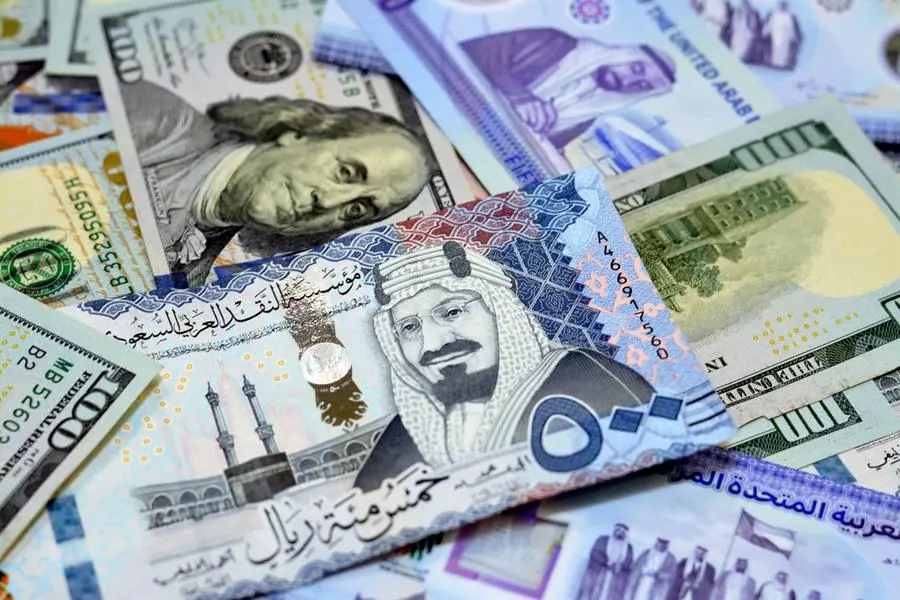Saudi Arabia’s bank credit to both public and private sectors reached a historic high of over SR2.8 trillion ($746 billion) by the end of August 2024, marking a significant milestone for the Kingdom’s financial sector. According to the Saudi Central Bank’s (SAMA) statistical bulletin, this represents an annual growth rate of 12.1%, with an increase of SR305.023 billion compared to the same period last year.
Month-on-month, bank credit grew by 1.2%, adding SR33.478 billion since July 2024, when it stood at SR2.79 trillion. Since the start of the year, the sector has seen a surge of SR203 billion, up from SR2.62 trillion in January 2024. This growth is attributed to diversified lending across 17 economic sectors, which aligns with the goals of Saudi Vision 2030 to support comprehensive and sustainable economic expansion.
Growth Across Credit Categories
Long-term bank credit (for over three years) accounted for 47% of the total, reaching SR1.3 trillion by the end of August 2024, with an annual growth rate of 8.7%. This represents an increase of SR106 billion compared to SR1.2 trillion in August 2023.
Short-term bank credit (less than one year) comprised 38% of total lending, amounting to SR1.07 trillion. This category saw the highest annual growth rate, at 14%, representing an increase of SR131.115 billion from the same period last year.
Medium-term credit (1 to 3 years) made up 15% of total credit, rising to SR426.384 billion, a notable 19% annual growth, or more than SR67 billion compared to August 2023.
Supporting Economic Growth
The sustained growth in bank credit underscores its pivotal role in driving economic diversification and achieving the Kingdom’s Vision 2030 objectives. By distributing credit across a range of industries, Saudi Arabia continues to lay the groundwork for long-term financial stability and robust economic development, with lending practices that support both public initiatives and private sector expansion.





